A New Wave of Renewable Energy in Seoul, Korea
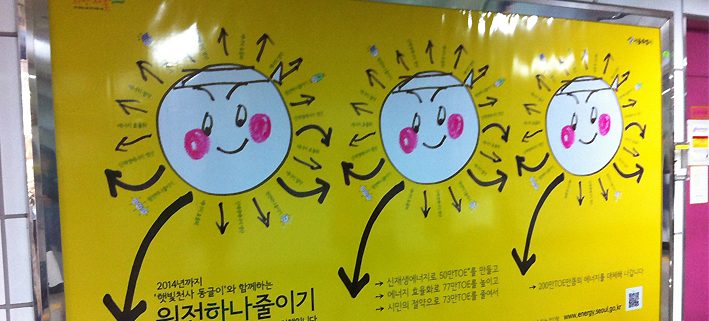
The Seoul Metropolitan Government has launched a campaign to halt the expansion of all nuclear power plants – a campaign model for community participation.
The Seoul Metropolitan Government is working to increase the percentage of renewable energy in the overall energy supply and to foster voluntary citizen participation. The campaign started in May 2012. The main goals of this campaign are the following:
- To reduce energy consumption equivalent to energy yields produced by a nuclear power plant (1 GW power range) by 2014.
 To achieve the self-consumption rate of up to 20 percent by 2020.
To achieve the self-consumption rate of up to 20 percent by 2020.
Background
In 2011, the energy consumption in Seoul was 49,565 GWh which corresponds to 10.9 percent of the country’s energy supply with approximately 2.8 percent of this as self-sufficient energy. However, with the continuous rise in energy demand an energy crisis is a situation not so far-fetched.
For example, the reserve margin of electricity dropped from 5.5 percent in 2010 to less than 1 percent in 2011. This was the aftereffect of the late-summer heat wave in Seoul on September 15, 2011 that resulted in a blackout in some areas of the city. Thus, the city government felt the importance of having a self-sufficient energy supply firsthandly.
Core Business
To achieve its goals, the city government has 10 core business plans in the areas of:
- solar
- fuel cells
- improvement of energy efficiency for buildings
- smart lights & LED
- “compact city” (restructuring urban space for low-consumption power)
- a tighter standard of architectural design for new buildings
- car sharing
- creating green jobs
- energy saving campaign lead by citizens
- operation of Seoul Energy Foundation for supporting the campaigns
For the solar sector the government plans to transform Seoul into a “Solar City” by expanding PV power stations from 60 MW (2012) to 320 MW by 2014 and by providing a solar map to its citizens.
Solar funding of small pv plants
In addition, Seoul recently announced its own Feed-In Tariff program or FIT program supporting small PV systems with less than 50 kW PV by paying subsidies of 50 KRW (around 3 Euro cents) per 1 kWh. According to the FIT program, the subsidy will be paid for 5 years from the start of commercial operation with PV system operators receiving additional assistance depending on energy yields.
Additionally, a “Mini PV System” concept has been introduced that allows installations with micro inverters on apartment balconies or villa rooftops. As a first step, trial systems for 100 homes will be installed starting May 2013. The system is available in two power classes, 160 W and 250 W.
If this business project is successful and can be expanded, the demand for micro inverters will increase in Korean market.

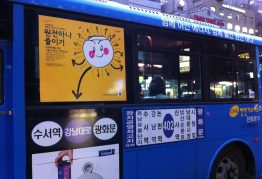
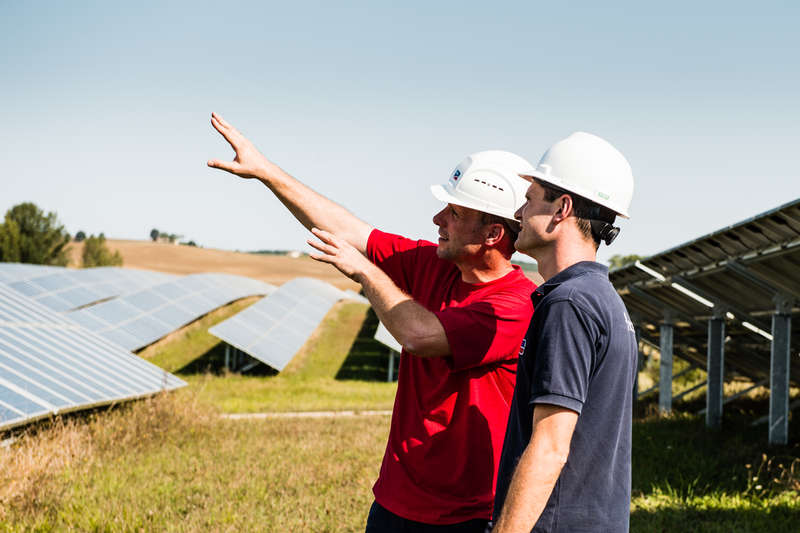
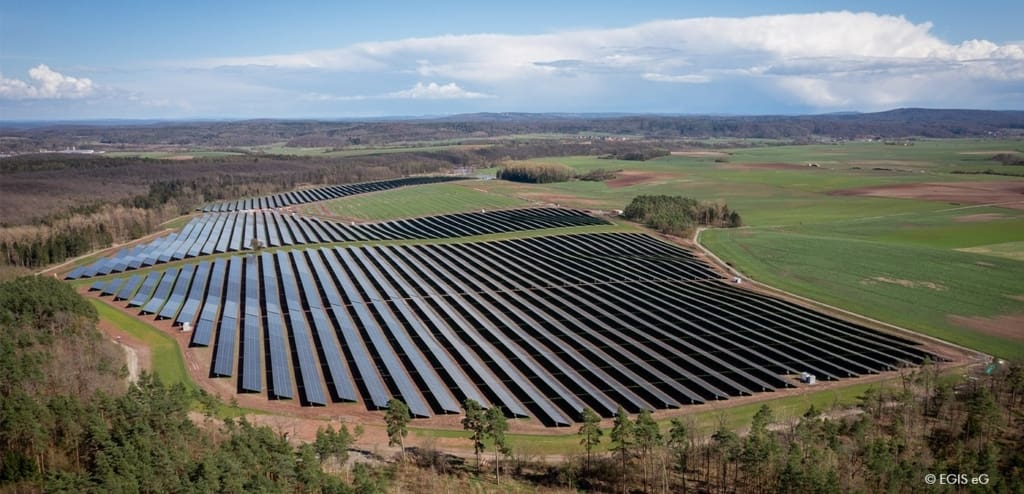
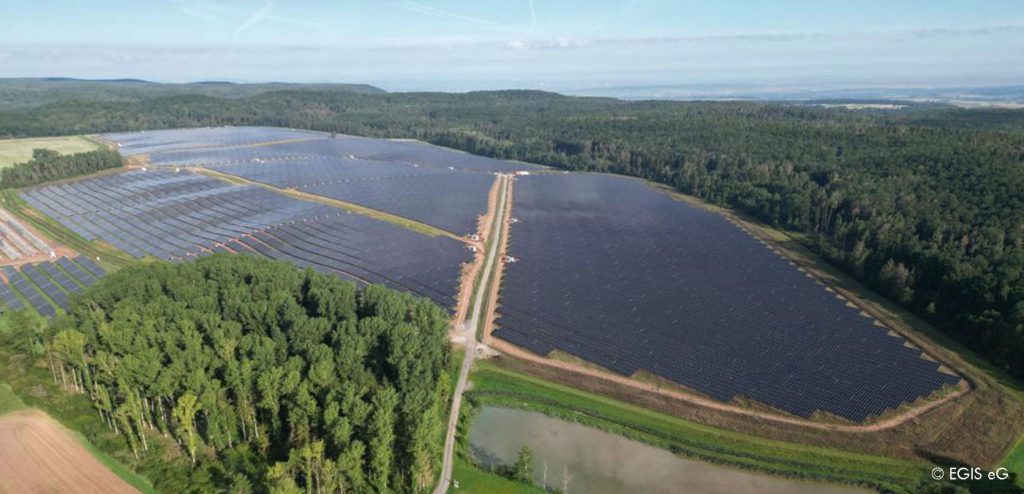
Feel free to contribute!